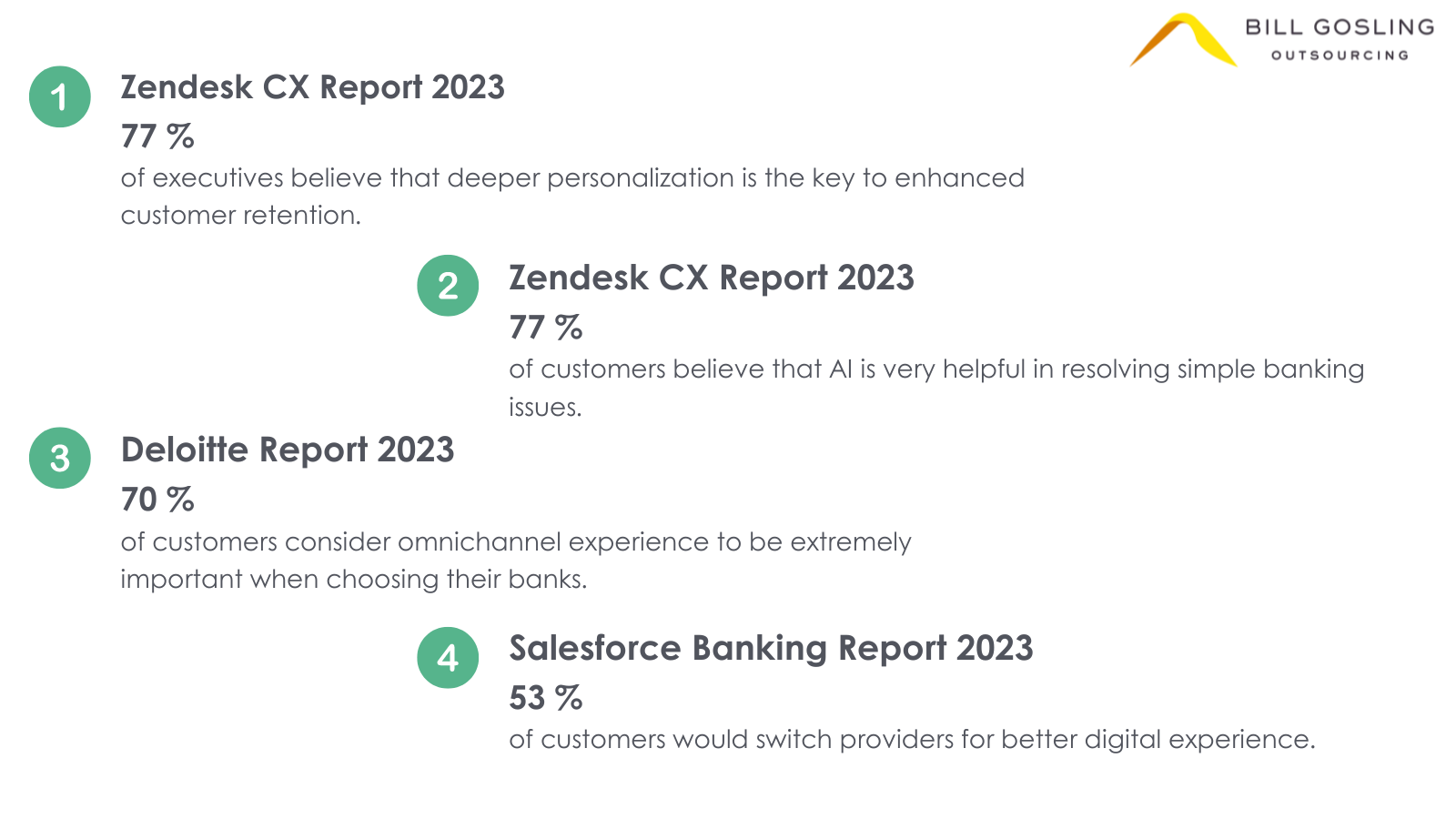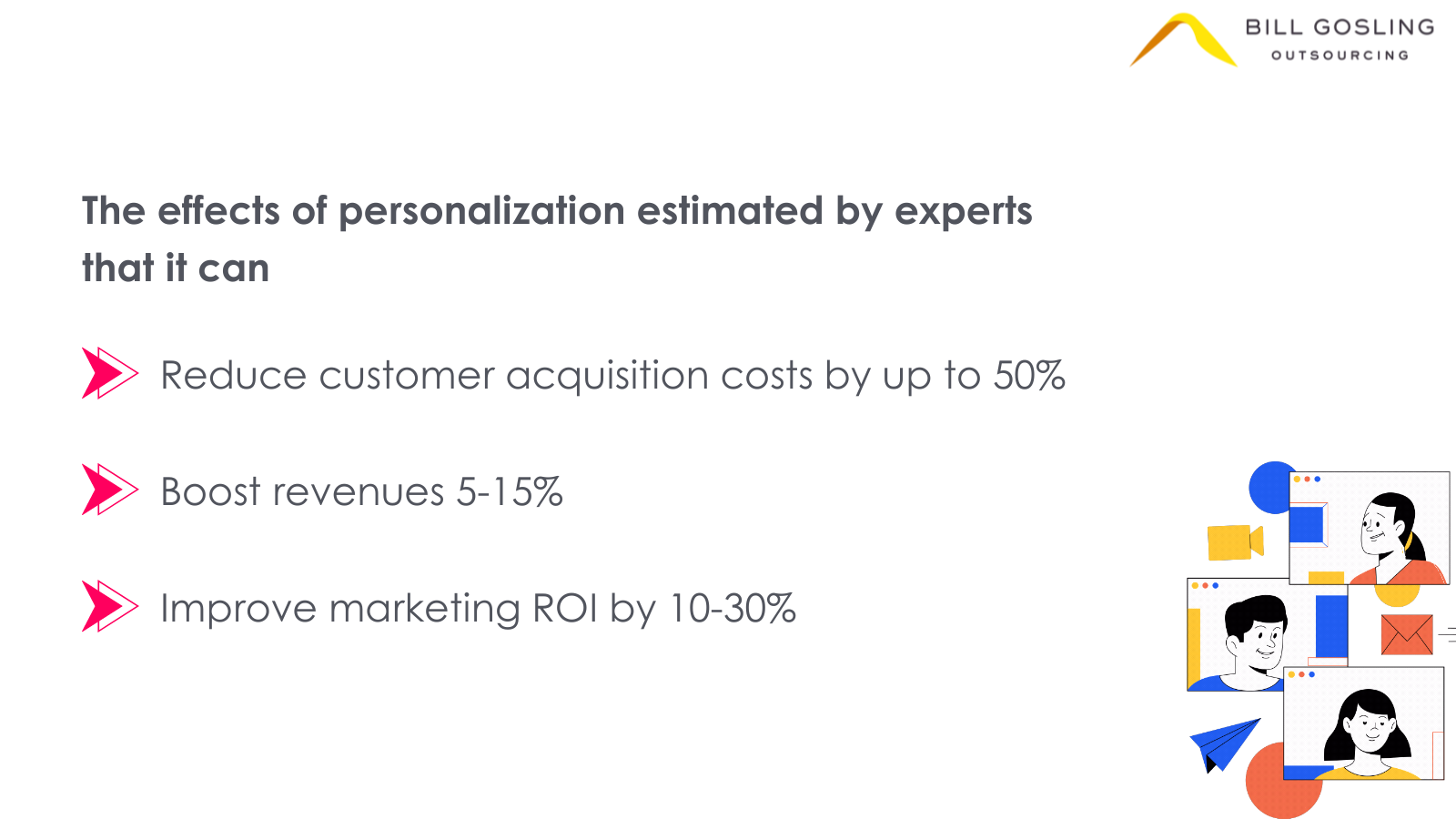Introduction
We all love being referred to by our names, followed by smiles in places like banks and other service sectors. Especially in a place like a credit union where our financial needs and milestones are discussed and planned. This, however, seems dreamy and unrealistic. But this is what personalization looks like, and it’s not confined to the high-end brands or particular sectors- UK credit unions are also embracing this X factor.
Global Customer Experience (CX) Trends for Banks & Credit Unions in 2024

From Generic to Genius: The New Wave of Member Engagement
Previously, credit unions were majorly involved in handling savings accounts and providing loans. But today, the scene has changed, and with the assistance of trailblazing technology, they are shifting their focus to the customers. However, the question is what personalization looks like in a credit union.

We all are generally ready to pay extra for that customized feeling, from small products to big investments. So, envision a situation that involves bespoke financial advice and tailored recommendations with personalized digital experience. Credit unions are exploring different communication channels, from emails to mobile apps, to connect and understand their customers’ requirements.
Why Should Credit Unions Care About Personalization?
Let’s be honest: innovation has not been a “thing” for the UK credit unions. But here’s the catch: members who feel prioritized and heard are expected to stay loyal. In a highly competitive sector where fixation time is short, personalization can be used as a game-changer that can convert customers into brand advocates and boost Customer experience.
The Tech Behind the Talk
The question here is how credit unions attain this level of personalization. Honestly, it’s not sorcery. Its simple DATA! A 360-degree image of a member’s financial journey can be viewed by analyzing the data from members’ interactions. AI and Machine learning play a major role in detecting patterns and anticipating the requirements of the members.
According to a report by McKinsey
71% of consumers desire companies to provide personalization.
76% of the consumers get frustrated when personalization is overlooked.
Quirky, Not Creepy: Striking the Right Balance
61% of the customers state that they’re keen to spend more with companies that customize how they deliver their requirements.
We need to understand that there is a fine line between personalization and being a CCTV camera for the members. The idea is to be a good assistant and not be an intruder in terms of privacy. Credit unions are looking for inventive ways that seem unprompted and seamless. Whether it’s wishing on the anniversary, a tax-saving customized offer, or a saving plan, the aim should be enhancing the experience and not taking over the moment.


These aren’t just stories—examples of how personalization transforms lives, one member at a time.
The Future of Personalized Customer Experience in UK Credit Unions
We need to admit that Personalized customer experience is not just a vogue; it’s the next big thing for engaging UK credit union members. A competitive edge, loyalty, and member satisfaction can be achieved through improved member experience.
So, what does the future hold? The opportunities that technologies provide are boundless. With hyper-personalization, interactions can be made intuitive and unified. By deploying AI in financial planning, speech-enabled banking, and virtual reality, the future can be personal and optimistic.
According to the report, 76% expressed that “receiving personalized communications was critical in driving their consideration of a brand.”
Conclusion: Making Every Member Feel Like the Only Member
Personalization is the new norm; it’s the new feature that UK credit union members will experience. With the advancement of technology, the expectation of customers for financial services also rises. A personalized approach assists credit unions in thriving in a competitive financial sector, creating brand advocates, and promoting loyalty.
In a world where customers crave thoughtful interactions, and often the customary thanks are not enough. It’s more than referring a customer by their names; it is more about comprehending their requirements and desires.
Looking to dive deeper into how UK banking is transforming? Explore these related articles that complement Why Tailored Services Matters in Modern Banking Setup in the UK:




